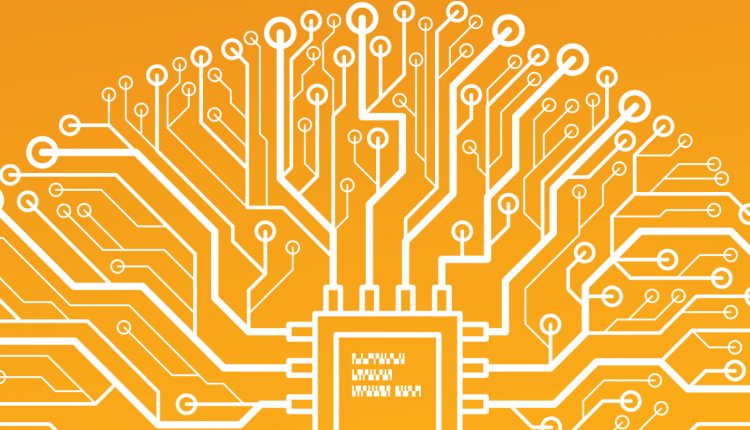07.14.2021
The global outbreak COVID-19 has put healthcare systems across the globe under tremendous pressure and underscored the urgent need to advance to a smart healthcare system. Transformative technologies such as 5G connectivity, Artificial Intelligence (AI), Augmented Reality, and Virtual reality (AR/VR), as well as key market trends toward smart wearables, are at the forefront of a digitized health care system, writes global tech market advisory firm ABI Research in its recently published whitepaper The Need For A Digitized Smart Health Care System In A Post-Pandemic World.
“There is an urgent need for a communication infrastructure that unites the currently very fragmented technology landscape,” says Leo Gergs, Senior Analyst for 5G Markets at ABI Research. “While medical data interchange format and standards initiatives, like HL7 or IHE, aim to provide connectivity within separate medical domains, there is no unified communication infrastructure that houses all these domains under one roof. By bringing enhanced mobile broadband capabilities, ultra-reliable low latency communication as well as massive machine type communication, 5G is well suited to be this uniting technology.”
Enabled by 5G connectivity, the large-scale adoption of AI has the potential to automate diagnostic procedures and therefore increase efficiency as well as the quality of the diagnosis. Automating basic diagnostic procedures reduces strain on medical professionals and allows them to focus on complex patients that require a higher degree of medical expertise.
Having realized the importance of modernizing healthcare infrastructure, the COVID-19 outbreak has accelerated 5G network deployment in hospitals, especially in the hardest-hit regions in China. By providing sufficient bandwidth through enhanced mobile broadband capabilities, the deployment of a 5G network fostered the introduction of remote diagnostic and consultation facilities within hospitals in China, allowing patients potentially infected with COVID-19 from having to leave their house to get medical consultation and a preliminary diagnosis. “By enabling remote consultation, 5G significantly contributed to the reduction of COVID-19 infection rates and therefore prevented countless numbers of lives lost in China,” Gergs explains.
Despite the tremendous opportunities that these digital trends bring to the healthcare domain, a lot of market education still is necessary to drive adoption rates. “Most importantly, regulators and policymakers need to accept the responsibility for driving innovation in the health care sector, as the benefits of a higher quality and more efficient system benefits the entire society,” says Gergs. “There are two ways in which the public sector can live up to its responsibilities to foster health care modernization. First, the public sector needs to provide the necessary funding for infrastructure investments. Second, public bodies also need to create favorable conditions for collaborations between the public sector and private companies to spur innovation in this heavily regulated market.”
Furthermore, health care providers, regulators, and the telco industry need to undertake every effort to convince patients their medical data is secure. “After all, a smart health care system is worth nothing without patient trust. Ensuring trust should therefore be at the forefront of all industry efforts,” Gergs concludes.
To learn more about the need for a digitized smart healthcare system, current digitization and ICT efforts in healthcare, digital trends, and use cases, download the whitepaper, The Need For A Digitized Smart Health Care System In A Post-Pandemic World.



Comments are closed.